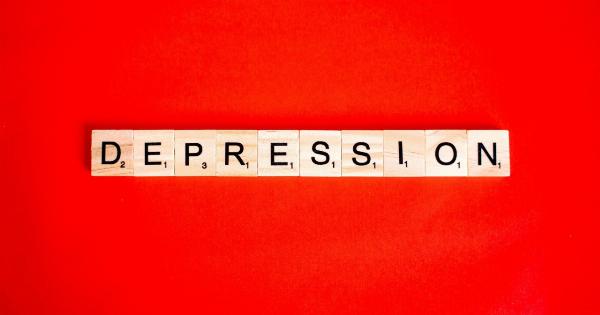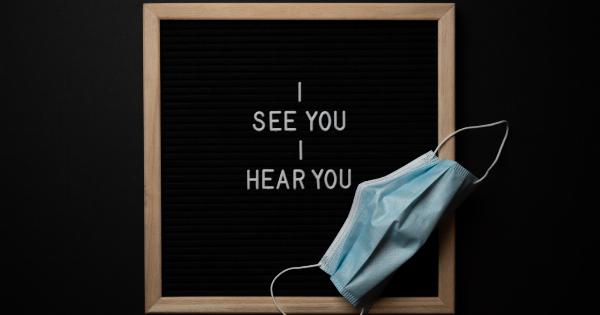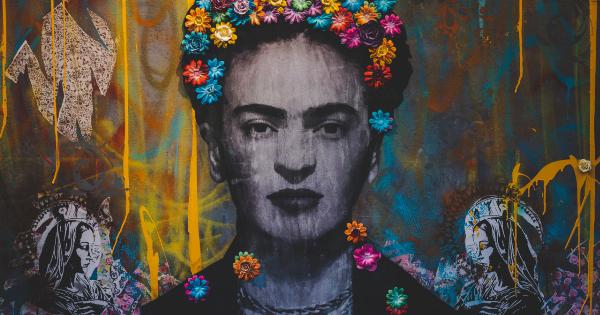Mental illness is a prevalent issue in today’s society, affecting millions of people worldwide. Despite efforts to increase awareness and understanding, there remains a significant stigma surrounding mental health conditions.
One medium that has recently gained attention for its portrayal of mental illness is sequential art, which includes mediums such as comics, graphic novels, and manga. This article aims to examine the representation of mental illness in sequential art and how it contributes to the ongoing stigma.
The Power of Sequential Art
Sequential art holds a unique power as a storytelling medium, combining visual elements with narrative storytelling. It has the ability to convey complex emotions, experiences, and ideas in a highly accessible manner.
By utilizing visuals and textual elements, sequential art can offer insights into the inner workings of a character’s mind, allowing readers to empathize and understand their struggles.
Representations of Mental Illness
Sequential art has proven to be a powerful mode of representation for mental illness, giving artists the opportunity to explore and depict a wide range of mental health conditions.
These representations often humanize characters with mental illness, showcasing their vulnerabilities and showcasing their strengths. However, it is essential to critically analyze how these portrayals influence societal perceptions.
The Perpetuation of Stereotypes
While sequential art has the potential to challenge stereotypes and dismantle stigmas, it also has the capacity to reinforce harmful misconceptions surrounding mental illness.
Some portrayals tend to depict individuals with mental health conditions as violent, unpredictable, or simply as the “crazy” antagonist. These representations perpetuate the idea that people with mental illness are dangerous or to be feared, further contributing to the existing stigma.
Exploring the Blurred Lines
Another aspect worth examining is the portrayal of mental illness in characters who possess superhuman abilities or display extraordinary behaviors.
While these depictions may serve as metaphors or symbols, they can inadvertently blur the line between mental illness and extraordinary capabilities. This can create a harmful narrative that suggests mental illness is a prerequisite for exceptional talent or abilities, further marginalizing individuals with mental health conditions.
Breaking the Silence
Sequential art also has the potential to break the silence surrounding mental illness, allowing creators to share their personal experiences or insights.
By depicting characters with mental health conditions who are relatable and empathetic, artists can help individuals feel seen and understood. Sequential art can also serve as a platform for raising awareness, disseminating information, and challenging societal norms.
The Importance of Responsible Representation
For sequential art to effectively contribute to the destigmatization of mental illness, responsible representation is crucial. Artists, writers, and creators have a responsibility to ensure accurate and respectful depictions of mental health conditions.
This includes thorough research, consulting individuals with lived experiences, and avoiding harmful stereotypes or tropes. By actively engaging in responsible representation, sequential art can become a powerful tool for combating stigma and promoting empathy and understanding.
Moving Forward: Advocacy and Education
While sequential art can play a significant role in challenging mental health stigma, it is vital to acknowledge that it is not a standalone solution. Advocacy and education are essential components to truly destigmatize mental illness.
By combining the power of sequential art with educational initiatives, public discussions, and support systems, society can work towards dismantling the existing stigma surrounding mental health.
Conclusion
Sequential art holds immense potential in challenging societal perceptions of mental illness.
By portraying relatable, diverse, and multidimensional characters with mental health conditions, sequential art can contribute to normalizing conversations surrounding mental health. However, it is crucial for artists to approach representation responsibly, avoiding harmful stereotypes and fostering empathy and understanding.
By doing so, the power of sequential art can be harnessed as a force for positive change in destigmatizing mental illness.






























